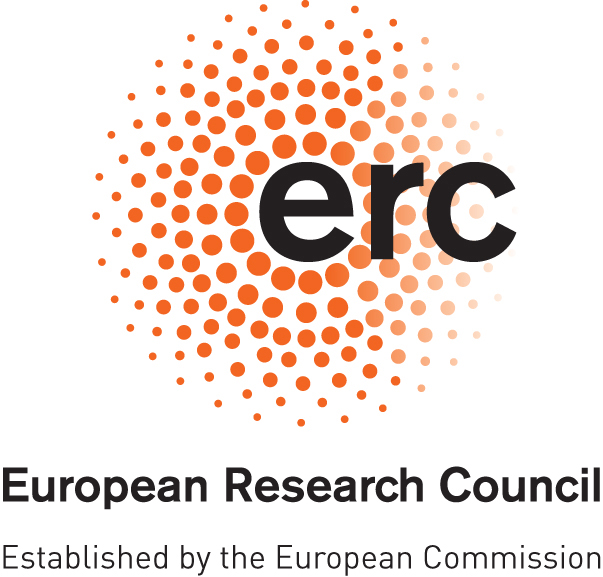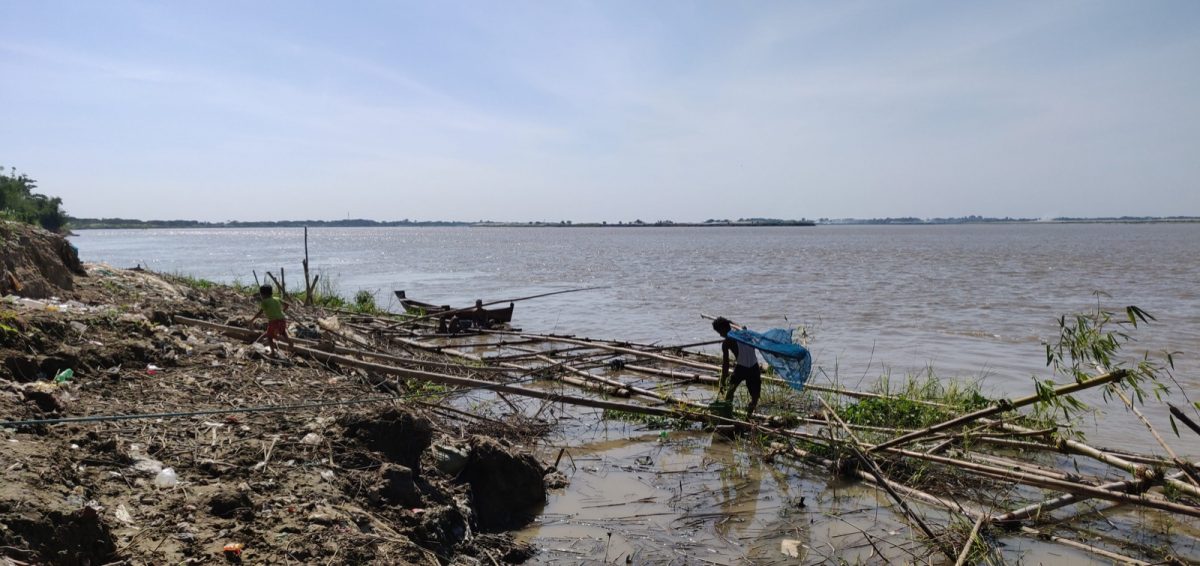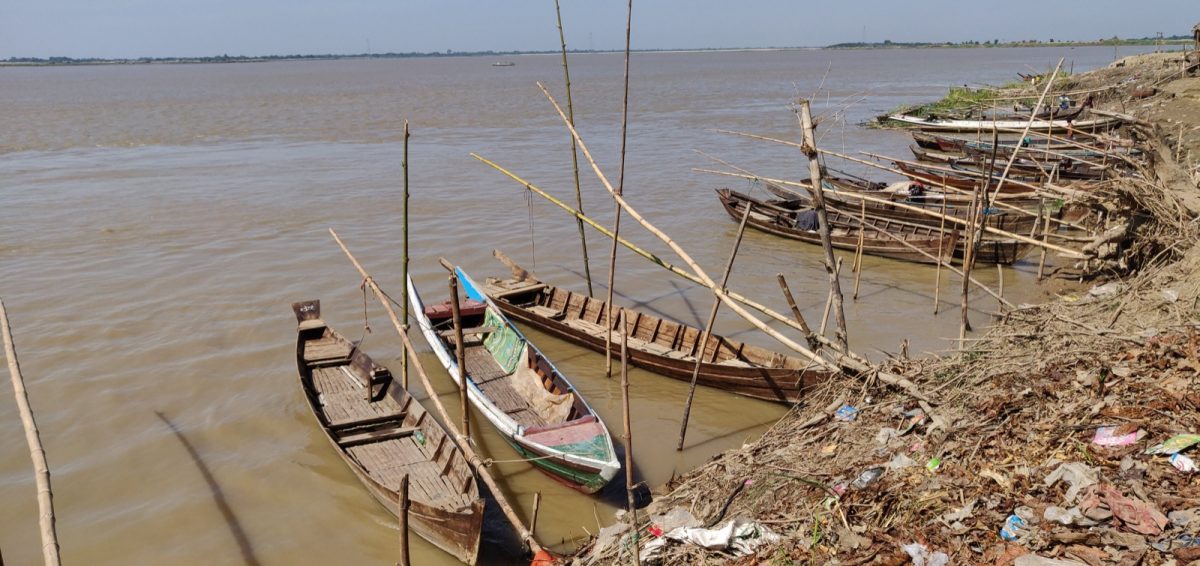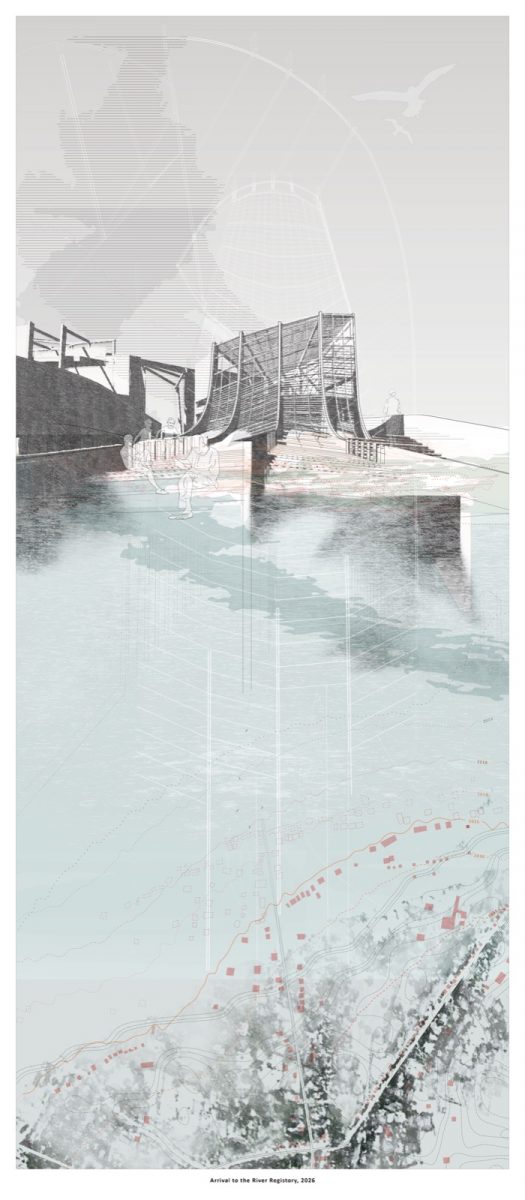Lindsay Bremner
Principal Investigator: Professor Lindsay Bremner
Post Doctoral Research Fellow: Dr Beth Cullen (anthropologist)
Research Fellow: Christina Geros (architect, landscape architect)
Research Associate: John Cook (architect)
PhD: Harshavardhan Bhat (political scientist) and Anthony Powis (architect) MArch Studio DS18: Aligned with the project 2016-2019
Monsoon Assemblages was a research project funded by the European Research Council (ERC) under the European Union’s Horizon 2020 research and innovation programme (Grant Agreement No. 679873), 2016-2021
Monsoon Assemblages was a five-year interdisciplinary research project funded by a European Research Council Starting Grant based in the School of Architecture + Cities at the University of Westminster from 2016 to 2021. It investigated the impacts of changing monsoon climates in four of South Asia’s rapidly growing cities – Chennai, Delhi, Dhaka and Yangon. The project was undertaken at a time when climate change and urban development conspired to produce unlikely futures for urban survival. Extreme weather events, all attributed to the monsoon’s capricious nature, were resulting with increasing frequency in water shortages, power failures, floods, outbreaks of disease, damage to property and loss of life. In responding to these events, the project challenged the dominant view of the monsoon as a meteorological system outside of and distinct from society. Instead it proposed that the monsoon was hybrid of intra-acting of physical and social dynamics entangled within historic lived environments, whose operations could be used as models for thinking and designing with.
An interdisciplinary team of spatial designers and environmental humanities scholars was brought together around the operative concept of Monsoon Assemblages. The aim was to produce knowledge of and design strategies for urban environments as more-than-human, monsoonal systems that operated across multiple scales and through media that are indivisibly natural, social, political and technological.
In responding to conditions in South and Southeast Asian cities, Monsoon Assemblages challenged the concept of climate change adaption and replaced it with the concept of climate co-production. Adaption, understood as a process adjusting social, environmental and economic systems to alleviate the adverse effects of climate change, perpetuates a dichotomy between society and climate as separate bounded domains stacked up against one another. This contradicts the basic premise of anthropogenic understandings of climate change, that human agency is inextricably bound up with it across multiple scales. Humans do not simply adapt to climate change, they actively produce it.
From this followed the project’s proposition: to take up what it meant for the spatial design disciplines and environmental humanities to think about monsoons, not as something to climate-proof against, but as something to co-design buildings, infrastructure, cities and territory with. This went beyond familiar socio-spatial categories of urban form dominated by terra firma and instead introduce the idea of cities as fluid, watery, seasonally variable sites of contestation and negotiation between people, animals, plants, land, sea and air. Interactions between the monsoon, the earth, human and non-human agency became a resource for new agendas for design.

















